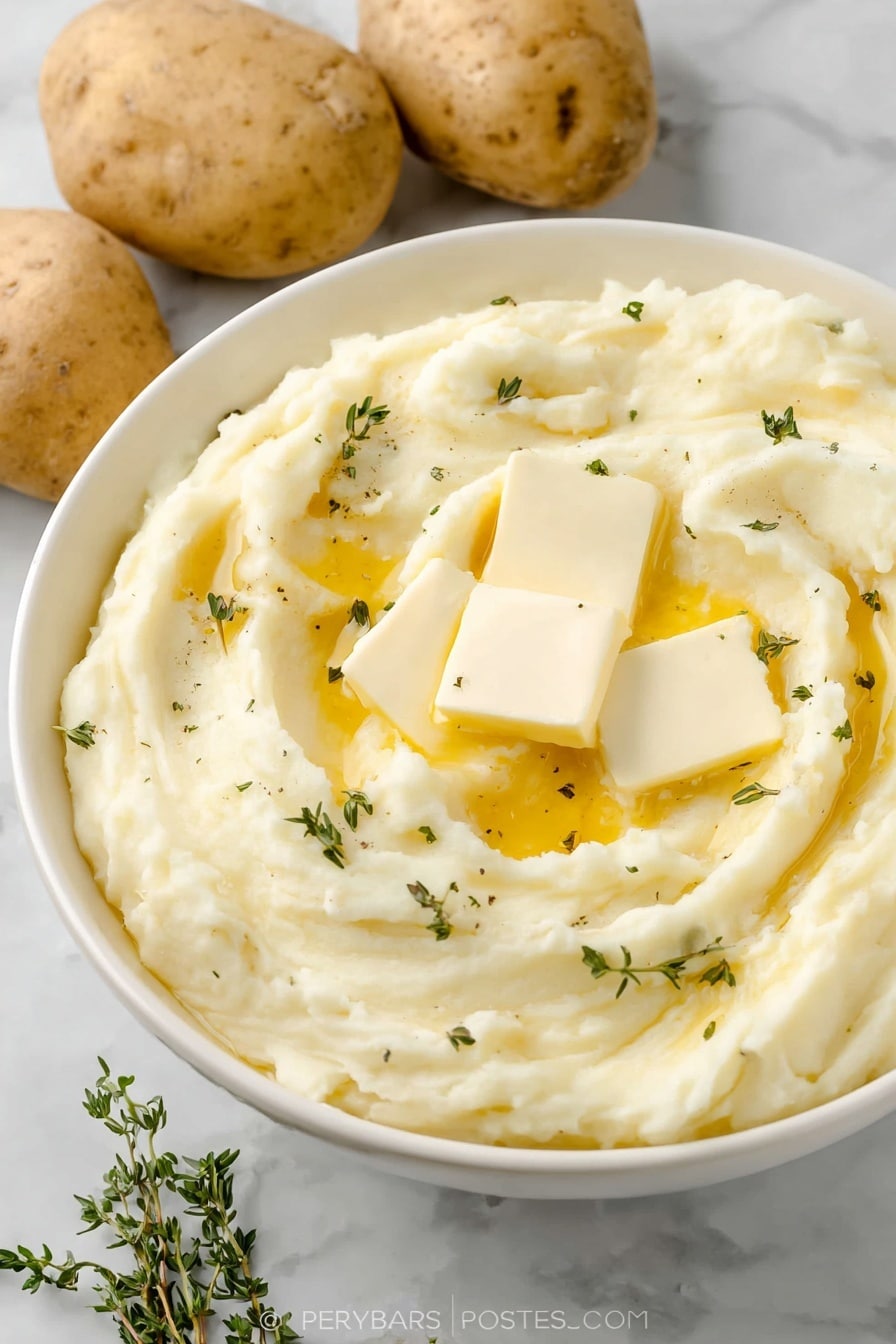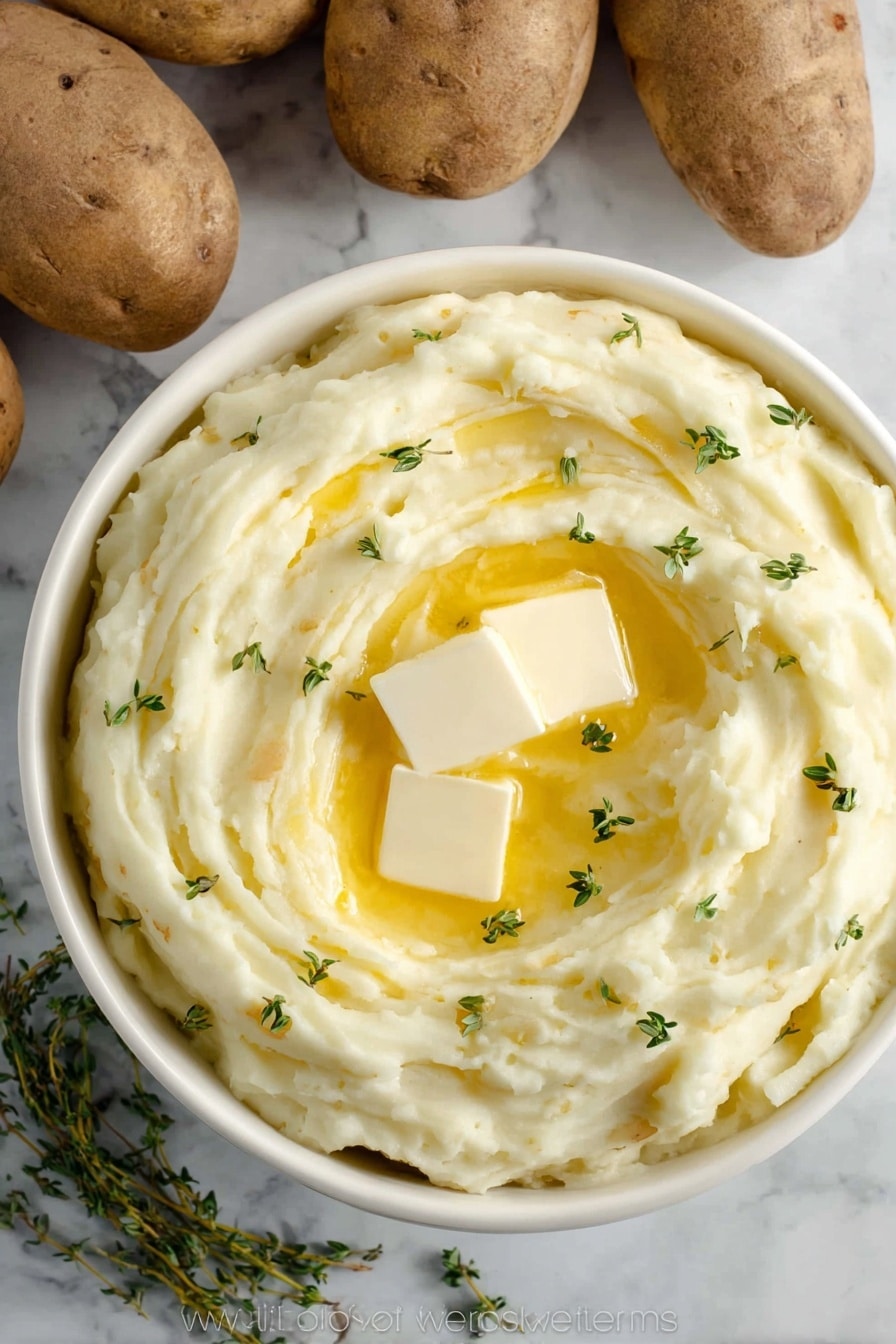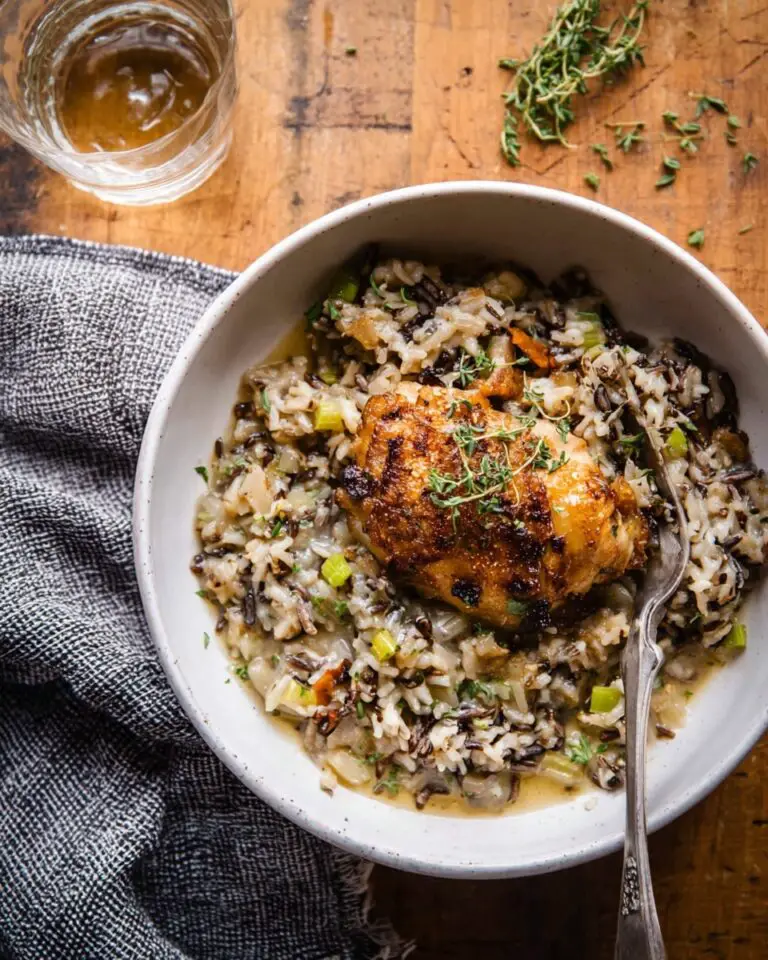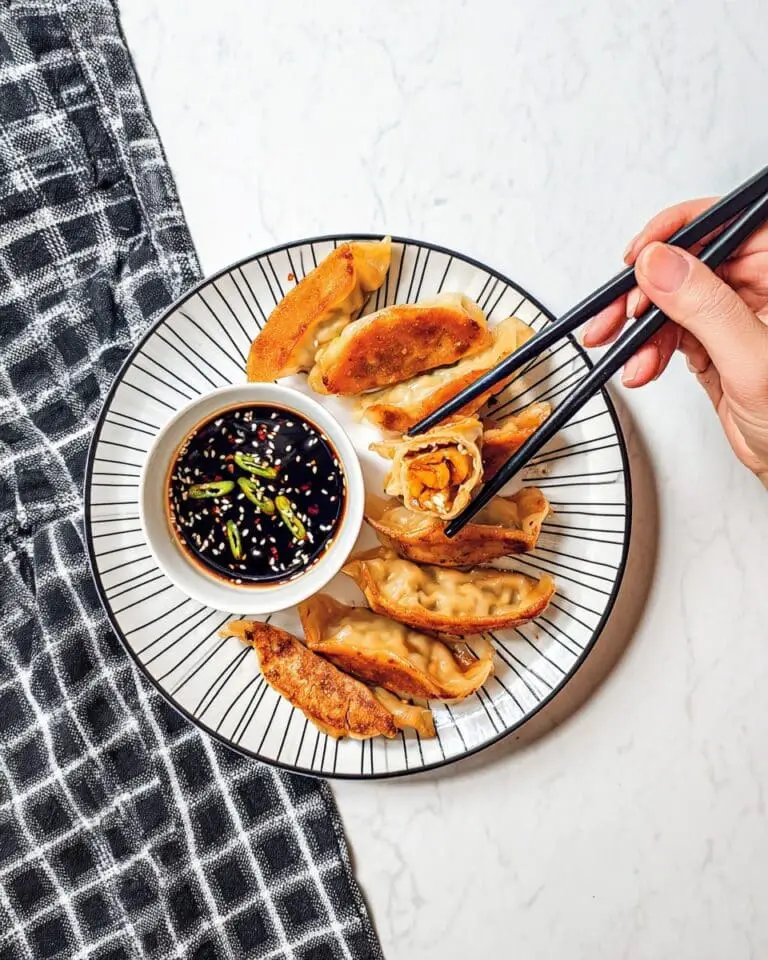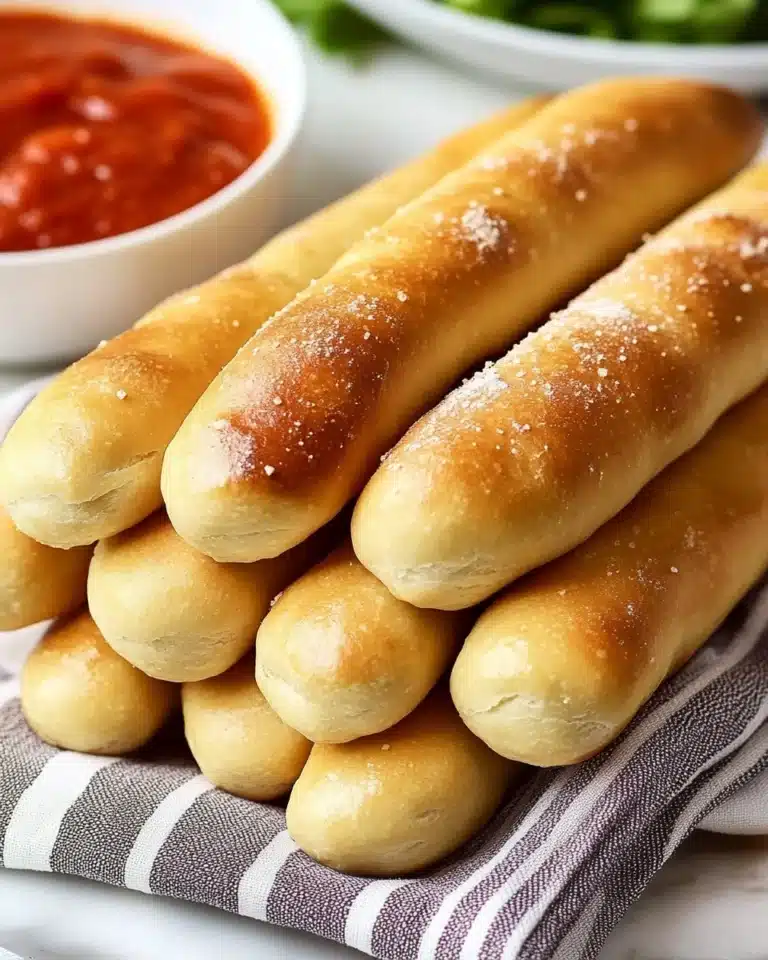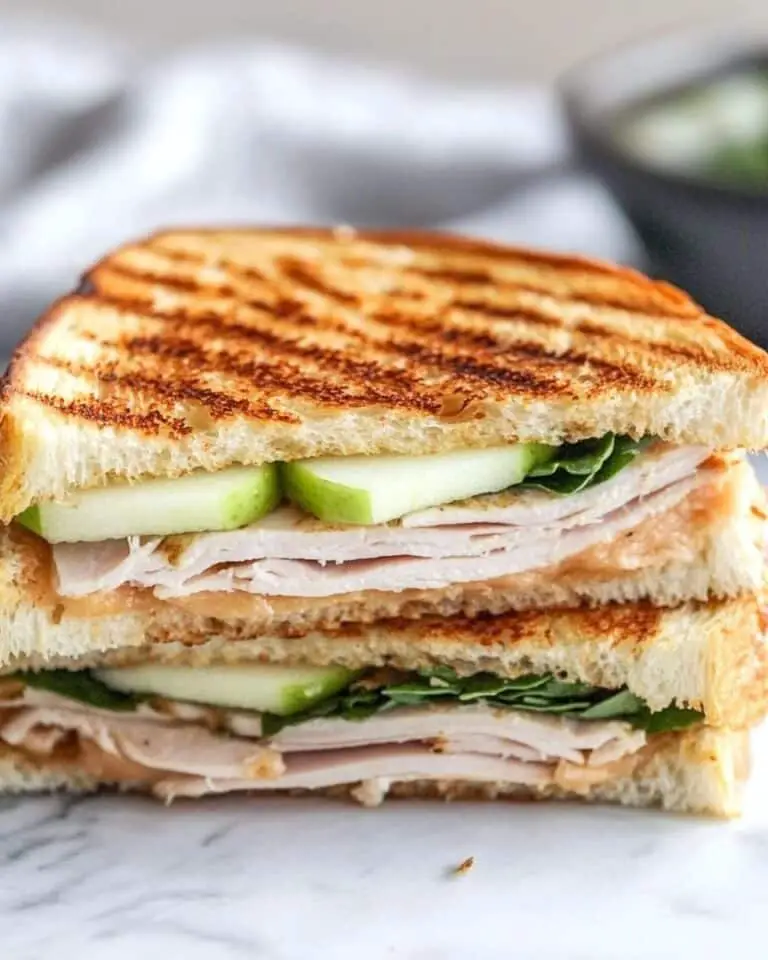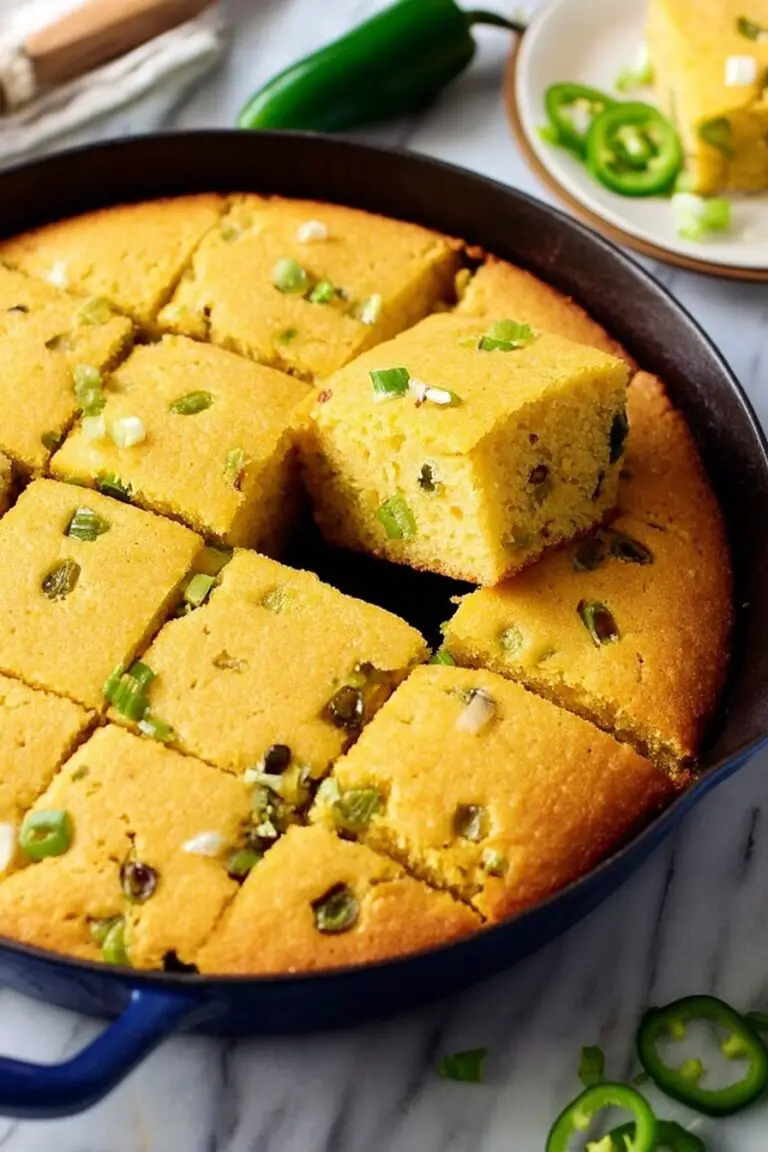If you’re on the hunt for The Best Mashed Potatoes Recipe, you’re in for a real treat! I’ve perfected this simple, classic comfort food that’s creamy, buttery, and just exactly what homemade mashed potatoes should taste like. Whether you’re whipping these up for a holiday feast or a weeknight dinner, you’ll find that this recipe hits all the right notes—fluffy yet rich, with the perfect silky texture. Let me walk you through everything you need to know to get these mashed potatoes just right every single time.
Why You’ll Love This Recipe
- Creamy Yet Fluffy: The balance of butter and warm milk creates a melt-in-your-mouth texture you can’t resist.
- Easy to Master: I’ll show you simple steps that take the guesswork out of mashed potatoes.
- Flexible Ingredients: Use russet or Yukon gold potatoes and adjust cream and butter to your liking.
- Perfect for Any Occasion: Whether it’s a family dinner or special holiday, these mashed potatoes steal the show.
Ingredients You’ll Need
Choosing the right ingredients really makes all the difference here. I always recommend russet or Yukon gold potatoes—they both mash beautifully but offer slightly different textures and flavors. Using warm butter and milk helps the potatoes absorb flavors better and stay hot and creamy.
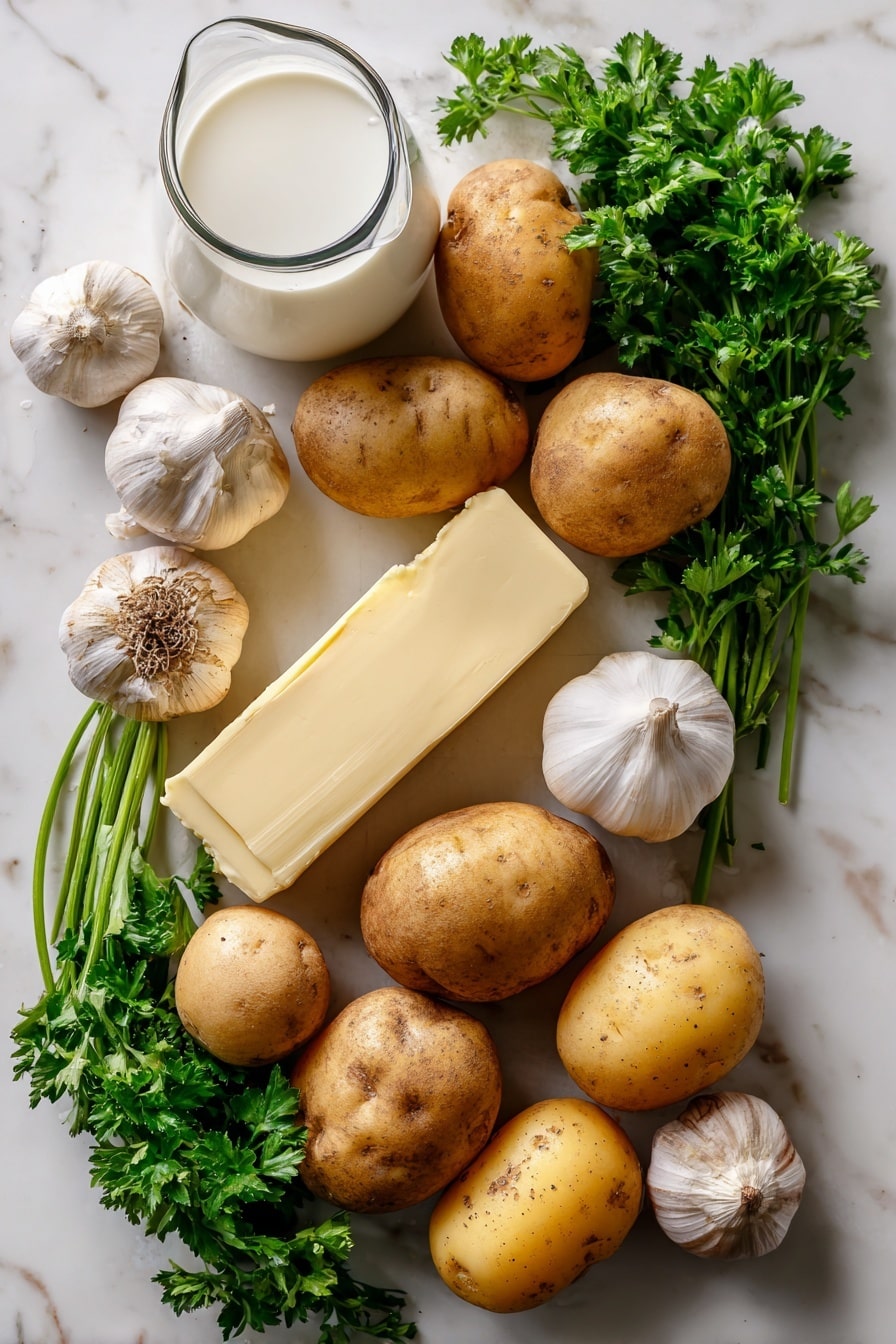
- Russet or Yukon Gold Potatoes: Russets give you fluffy, light mashed potatoes, while Yukon golds bring a buttery, creamy texture on their own.
- Garlic (optional): Roasting it with the potatoes or boiling cloves adds a subtle, comforting flavor without overpowering.
- Salted Butter: Butter is non-negotiable here—use salted for a nice balance or unsalted if you prefer controlling salt levels.
- Milk or Cream: Warm it up before adding to keep your potatoes silky and piping hot.
- Salt: Essential for seasoning; add to taste once the potatoes are mashed.
- Black Pepper: Freshly ground gives just the right amount of kick.
Variations
I love how versatile The Best Mashed Potatoes Recipe is—sometimes I like to jazz it up or tailor it to what I have on hand. Feel free to tweak to your taste and dietary needs!
- Garlic Mashed Potatoes: Adding roasted or boiled garlic cloves during cooking gives a mellow, rich depth—I like this for weekend dinners.
- Buttermilk Variation: Swap regular milk for buttermilk for a slight tang and extra creaminess, perfect for a Southern-style twist.
- Herbed Mashed Potatoes: Stir in fresh chives, parsley, or thyme right before serving for a fresh pop of flavor.
- Dairy-Free Version: Use olive oil or vegan butter and unsweetened non-dairy milk to keep it creamy without dairy.
How to Make The Best Mashed Potatoes Recipe
Step 1: Prep and Cook Your Potatoes
Start by peeling and quartering 4 pounds of potatoes—russet or Yukon gold, whichever you prefer. I like peeling because it gives a smoother texture, but if you’re feeling rustic, leave the skins on. Put them in a pot of cold, salted water to ensure even cooking and season from the start. If you’re using garlic, toss in 3 cloves whole—they’ll soften and subtly flavor the potatoes as they cook. Bring everything to a boil and cook uncovered for about 15 minutes or until you can easily pierce them with a fork. This part is key—don’t overcook or the potatoes will turn mushy!
Step 2: Drain and Dry Your Potatoes
Once they’re tender, drain the potatoes very well. I usually let them sit in the colander for 5 minutes to make sure all that excess water evaporates. Sometimes, I put them back into the warm pot on low heat for a minute or two to dry out just a bit—that helps prevent watery mashed potatoes and keeps them fluffy.
Step 3: Warm the Butter and Milk for Creaminess
While the potatoes are draining, melt ⅓ cup of salted butter and warm 1 cup of milk or cream until it’s just hot (not boiling). Adding warm liquids is a little trick I discovered that really makes The Best Mashed Potatoes Recipe extra creamy—it prevents the potatoes from cooling down and helps them soak up the butter and milk more easily.
Step 4: Mash and Mix
Start mashing your drained potatoes by hand using a traditional potato masher or a potato ricer if you want ultra-smooth results. I steer clear of stand mixers or food processors because they can turn the potatoes gummy by breaking down starches too much. Gradually add the melted butter, mixing it in thoroughly, then pour in the warmed milk or cream a little at a time until you reach that perfect silky consistency. Season with salt and freshly ground black pepper to taste—and don’t be shy. I usually add a pinch or two after each stir until it hits just right.
Pro Tips for Making The Best Mashed Potatoes Recipe
- Use Warm Milk and Butter: Heating them helps the potatoes stay warm and absorb the fats better for creaminess.
- Don’t Overwork the Potatoes: Avoid using electric mixers to prevent gummy texture—mash gently by hand.
- Dry the Potatoes Thoroughly: Sitting in a warm pot after draining eliminates excess water and makes for fluffier results.
- Butter Is Your Best Friend: Use plenty of butter to get that rich, velvety flavor; I never skimp here!
How to Serve The Best Mashed Potatoes Recipe
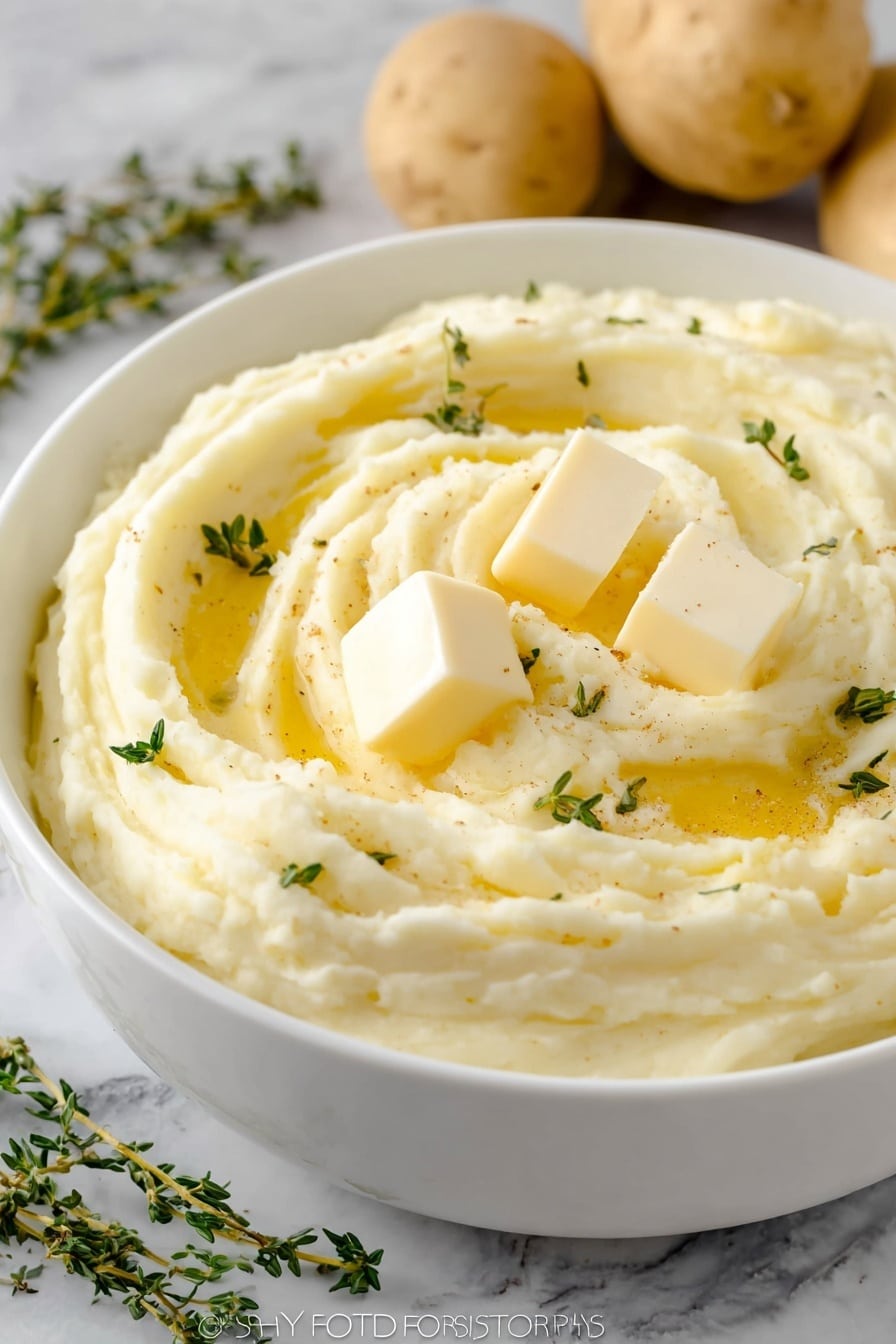
Garnishes
I like to keep garnishes simple but tasty. A sprinkle of chopped fresh chives or parsley adds a fresh burst of color and flavor. Sometimes I dot the top with small pats of butter right before serving so it melts beautifully over the warm potatoes. If you’re feeling fancy, a drizzle of garlic-infused olive oil is a nice drip of flavor that’s easy to pull together.
Side Dishes
This mashed potato recipe pairs wonderfully with just about anything! My family goes crazy when I serve it alongside a juicy roast chicken, honey-glazed ham, or classic meatloaf. It’s also a dream with gravy, so don’t skip that if you can help it. I’ve also loved trying it with roasted veggies or alongside a hearty lentil stew for a vegetarian twist.
Creative Ways to Present
For special dinners, I sometimes pipe the mashed potatoes into pretty mounds using a large star tip and then broil for a few minutes until the edges get golden and crispy—adds a nice texture contrast. Another fun idea is to spread the potatoes in a casserole dish, sprinkle with shredded cheese and breadcrumbs, then bake until bubbly and browned on top. Presentation doesn’t just have to be practical, it can be part of the delicious experience!
Make Ahead and Storage
Storing Leftovers
When I have leftovers, I let the mashed potatoes cool fully, then transfer them to an airtight container and store in the fridge. They keep well for 3 to 4 days. This recipe reheats beautifully as long as you add a little milk or cream to loosen them up, then reheat gently so they don’t dry out.
Freezing
I’ve frozen mashed potatoes a few times and had good results by letting them cool completely, then scooping into freezer-safe containers. When you’re ready to enjoy, thaw them overnight in the fridge and reheat slowly with some added butter and milk to restore their creamy texture.
Reheating
To reheat, I spread leftovers into a greased casserole dish, dot with extra butter, and bake at 325°F until warmed through (about 35-40 minutes). Stirring halfway helps evenly heat everything. Alternatively, you can warm them gently on the stove over low heat with a splash of milk, stirring often to prevent sticking.
FAQs
-
What type of potatoes are best for The Best Mashed Potatoes Recipe?
Russet potatoes are ideal for a light, fluffy texture, while Yukon gold potatoes create a creamier, buttery finish. Both work well, so it depends on your personal preference—russets absorb flavors nicely, but Yukon golds add extra richness naturally.
-
Can I make The Best Mashed Potatoes Recipe ahead of time?
Absolutely! Make the mashed potatoes completely, cool them fully, then store in an airtight container in the fridge for up to 4 days. When ready to serve, reheat gently in the oven or on the stove with added butter and milk to maintain creaminess.
-
How do I avoid gummy mashed potatoes?
The key is not to overmix or use high-speed mixers like stand mixers or food processors—they break down the potato starch too much. Stick to hand mashing or a potato ricer for fluffy, light results. Also, draining potatoes well and using warm liquids helps prevent gumminess.
-
Can I add garlic to this mashed potato recipe?
Yes! You can boil whole garlic cloves with the potatoes for mild garlic flavor or roast garlic separately and mash it in. Just be sure not to overpower your potatoes—start with a small amount and adjust to taste.
-
What’s the best way to reheat mashed potatoes without them drying out?
Reheat them in a casserole dish at 325°F, spreading them evenly and dotting with butter to keep them moist. Cover with foil to retain steam, or stir halfway through baking. Adding a splash of milk helps restore creaminess if they seem thick.
Final Thoughts
I absolutely love how this recipe transforms simple potatoes into something truly special—it’s comfort in a bowl and a guaranteed crowd-pleaser every time. When I first tried refining this, I was amazed at how those small tweaks—like warming the milk and taking the time to dry the potatoes—made all the difference. I’m confident once you try The Best Mashed Potatoes Recipe, you’ll keep coming back to it as your go-to side dish. So go ahead and make a big pot for your next meal—you and your family deserve this kind of cozy deliciousness!
Print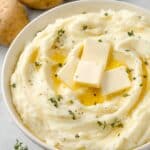
The Best Mashed Potatoes Recipe
- Prep Time: 15 minutes
- Cook Time: 20 minutes
- Total Time: 35 minutes
- Yield: 10 servings
- Category: Side Dish
- Method: Stovetop
- Cuisine: American
- Diet: Vegetarian
Description
This classic mashed potatoes recipe delivers creamy, buttery, and fluffy mashed potatoes perfect as a comforting side dish for any meal. Using russet or Yukon gold potatoes boiled with garlic for subtle flavor, melted butter and warm milk are incorporated gradually for the perfect smooth texture and rich taste.
Ingredients
Potatoes
- 4 pounds potatoes, russet or Yukon gold
- 3 cloves garlic (optional)
Dairy & Seasoning
- ⅓ cup melted salted butter
- 1 cup milk or cream
- Salt to taste
- Black pepper to taste
Instructions
- Prepare Potatoes: Peel and quarter the potatoes, then place them in a pot filled with cold salted water to ensure even cooking from the start.
- Cook Potatoes and Garlic: Add the optional garlic cloves to the pot. Bring the water to a boil and cook uncovered for about 15 minutes or until the potatoes are fork-tender.
- Drain Potatoes: Drain the potatoes thoroughly to remove excess water. Allow them to sit in the colander or back in the warm pot for a few minutes to evaporate any remaining moisture.
- Heat Milk: Warm the milk or cream on the stovetop or in the microwave until hot but not boiling, which helps the potatoes absorb it better and stay warm.
- Mash Potatoes: Add melted butter to the drained potatoes and begin mashing by hand using a potato masher or potato ricer for best texture.
- Add Milk Gradually: Pour the warm milk a little at a time into the mashed potatoes while mashing until the desired creamy consistency is achieved.
- Season and Serve: Season with salt and black pepper to taste. Serve the mashed potatoes hot as a delicious side dish.
Notes
- Drain Well: Let the potatoes drain completely to avoid watery mashed potatoes—resting them in the colander or warm pot helps evaporate excess liquid.
- Mash by Hand: Use a hand masher or potato ricer for the creamiest texture. Avoid electric mixers which can overwork potatoes and make them gummy.
- Add Butter Generously: Butter is essential for rich flavor and smooth texture. Using salted butter is recommended, but unsalted works if you adjust seasoning.
- Heat the Cream: Warm milk or cream before adding to keep the potatoes hot and improve absorption for creamy results.
- To Make Ahead: Cool the mashed potatoes completely and store in an airtight container in the refrigerator until ready to serve.
- To Reheat: Spread mashed potatoes in a greased casserole dish, dot with butter, and bake at 325°F for 35-40 minutes until heated through. Bake uncovered to get a golden crust.
Nutrition
- Serving Size: 1/10th recipe
- Calories: 220
- Sugar: 1.5 g
- Sodium: 200 mg
- Fat: 9 g
- Saturated Fat: 5.5 g
- Unsaturated Fat: 3 g
- Trans Fat: 0 g
- Carbohydrates: 30 g
- Fiber: 3 g
- Protein: 4 g
- Cholesterol: 25 mg

